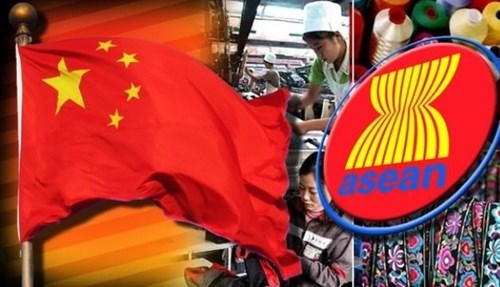


Liu Ying, a professor of the PUC’s Chongyang Institute for Financial Studies, said the development of economic and trade ties between ASEAN and China will be significant to economic growth of each side in the years to come.

Trade between ASEAN and China is significant to economic growth of
both sides. Photo: linkedin.com
To bring into full play
their cooperation potential, Liu Ying called on ASEAN and China to intensify
their connectivity in policies, infrastructure and transport as well as cyber
connectivity, along with enhancing political trust.
The professor highlighted
the quick formation of cross-border economic cooperation areas between China
and ASEAN’s neighboring countries like Vietnam, Laos and Cambodia, saying such
zones have helped with the process of industrialization, urbanization and
informationalization in these countries.
Liu Ying said both ASEAN
and China should double efforts to improve their investment environment and
propose more measures and policies to attract investors from the other side.
At the same time, it is
necessary for them to increase the flows of direct capital and boost
infrastructure construction in the financial sector, Liu Ying said, urging
China to provide more support for the ten-member group in the capital market
and financial connectivity.
In the context that the
US Federal Reserve Bank raises its interest rates and tightens its monetary
policies, and that President Donald Trump backs trade protectionism, enhancing
financial collaboration between ASEAN and China will help prevent external
risks and financial crises, and stabilize the domestic currency, the professor
said.
Besides, ASEAN and China
should increase people-to-people exchange, especially in education and tourism,
he added.
Liu Ying highlighted the
fact that China is ASEAN’s largest trade partner for eight consecutive years and
ASEAN has been China’s third largest trade partner over the past six years.
Since the two sides
started their dialogue mechanism in 1991, two-way trade expanded from USD 8
billion to USD 425 billion in 2016, up about 56 times within 15 years.
The total bilateral
investment capital also increased from USD 500 million in 1991 to USD 180
billion last year, up about 360 times within 15 years, he said.